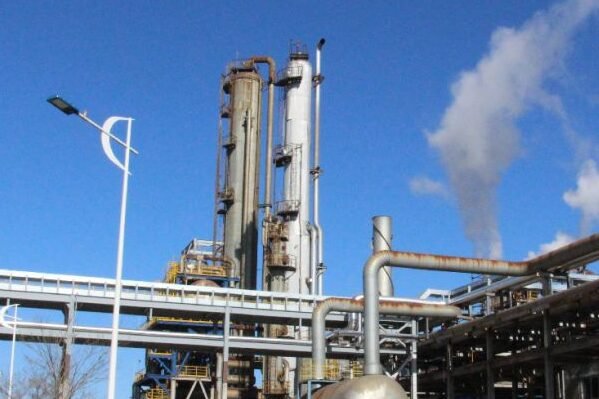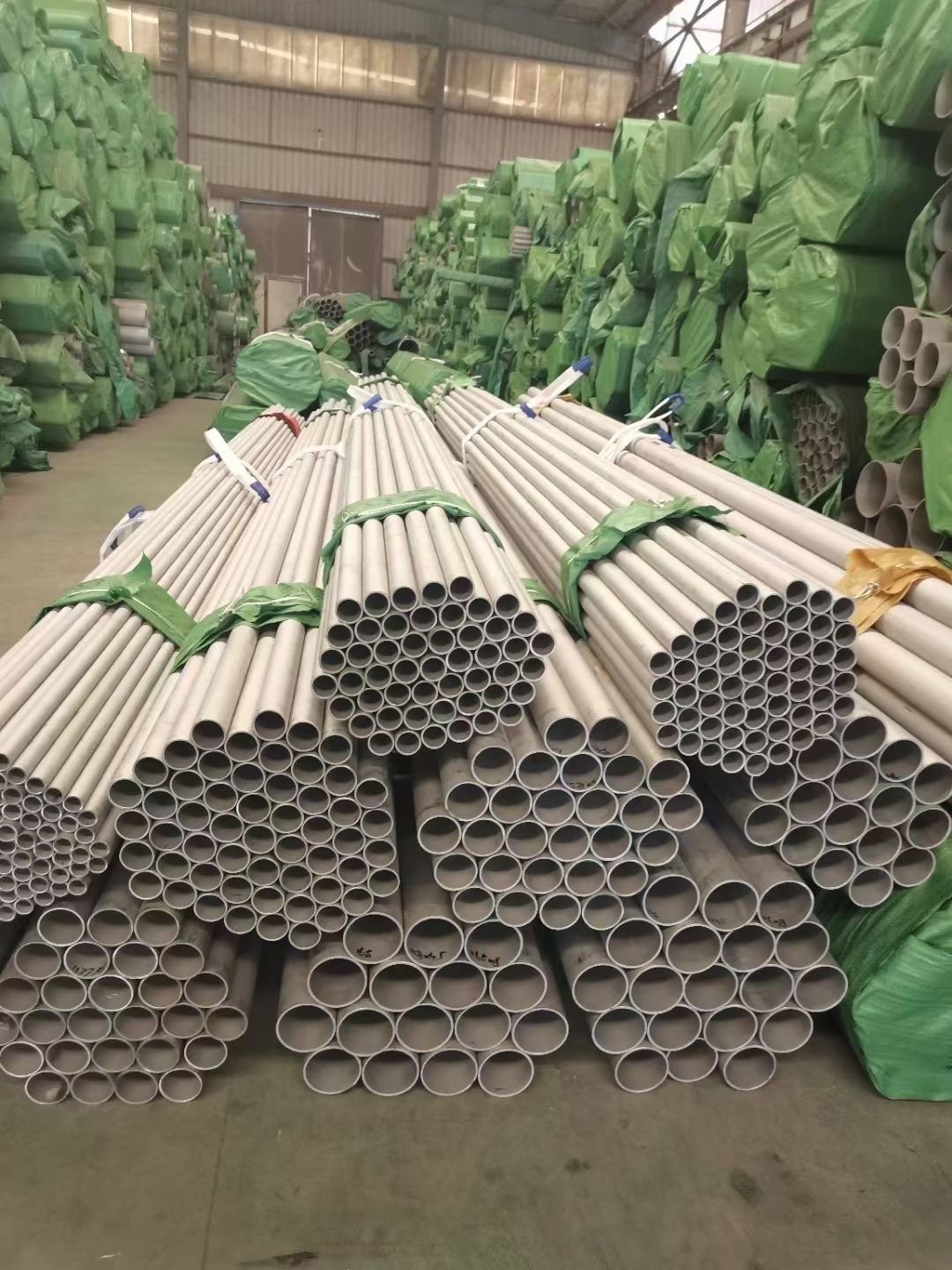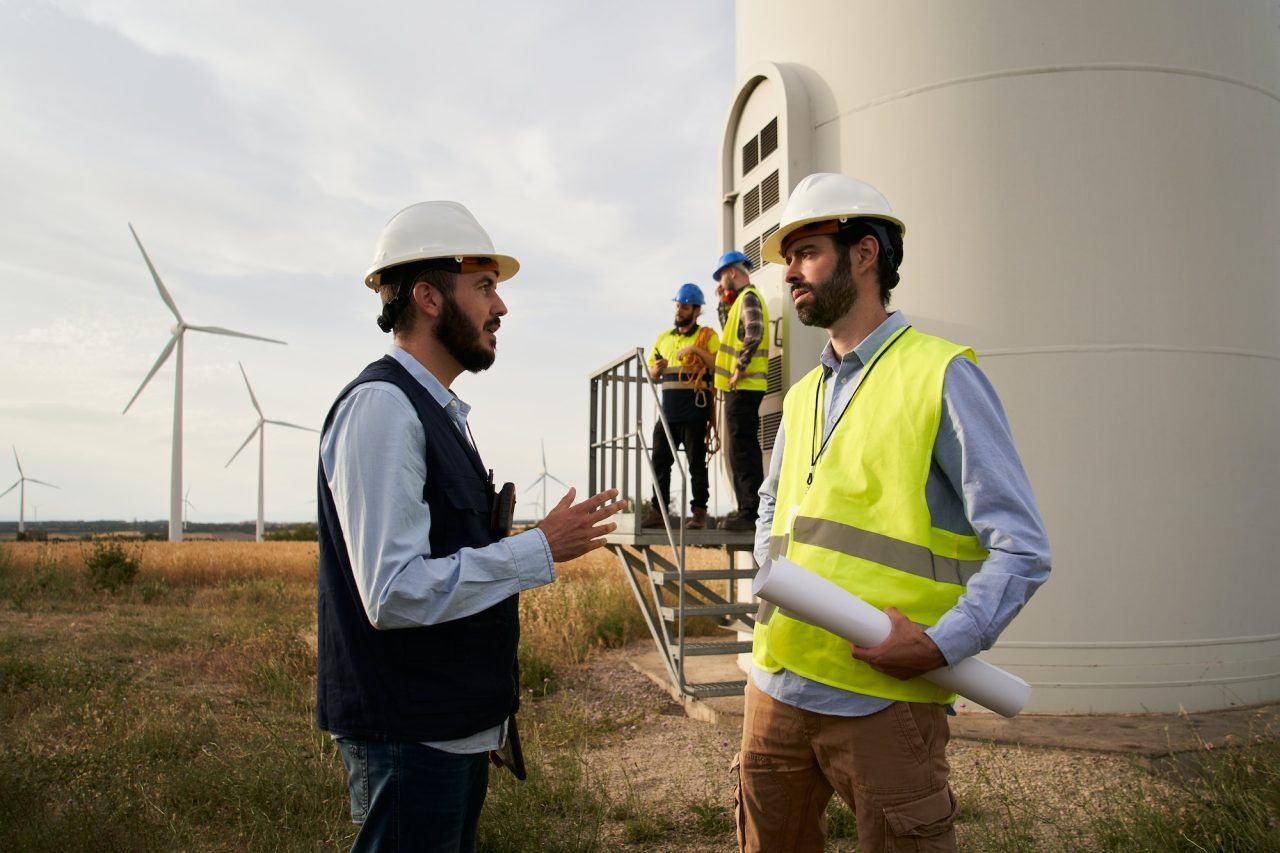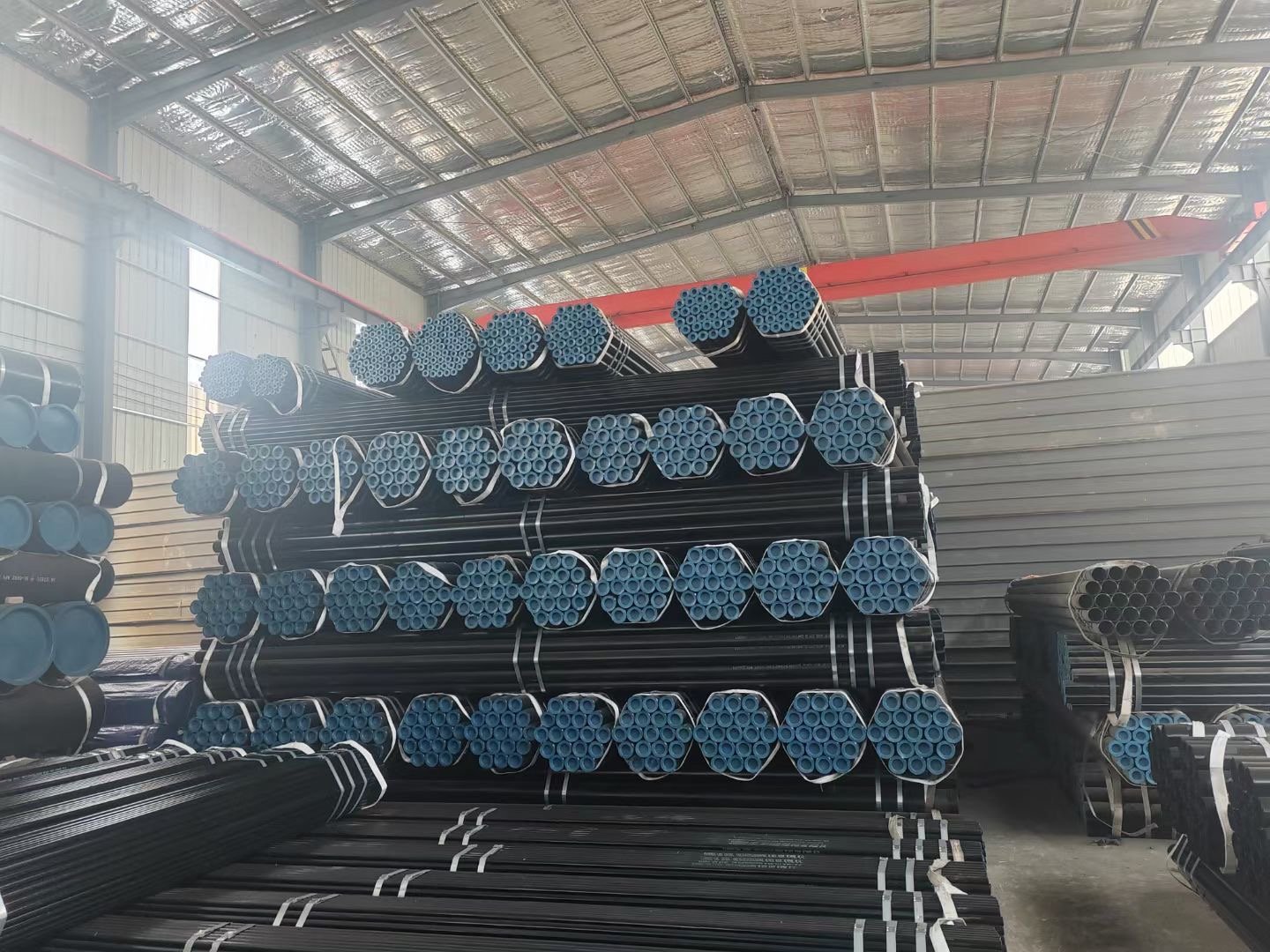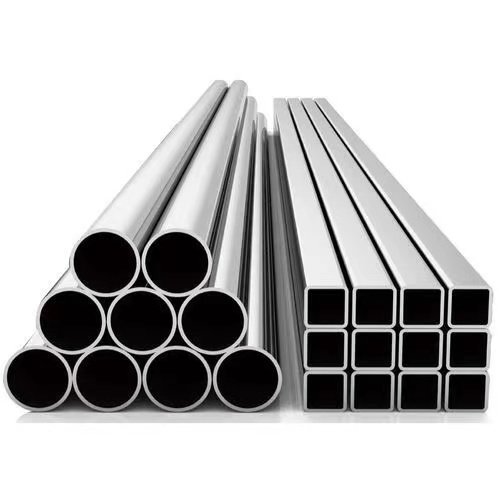In comparing seamless and welded stainless steel pipes, key differences include their manufacturing process (seamless pipes are made by extruding steel, resulting in no seams, while welded pipes are produced by rolling and welding steel strips) and strength (seamless pipes generally offer higher strength and are preferred in high-pressure applications). Commonalities between the two types lie in their basic material composition, overall functionality in transporting liquids and gases, and their applicability across various industries such as construction, oil and gas, and automotive sectors.
When selecting stainless steel tubing for your business, understanding the differences between welded and seamless options is crucial.
Here’s a detailed comparison:
1. Manufacturing Process
- Welded Tubing
- Made by rolling stainless steel sheets or strips into a tube shape and then welding along the seam.
- The welding process can be Electric Resistance Welding (ERW) or Laser Welding.
- Seamless Tubing
- Produced by drawing a solid billet over a piercing rod to create the hollow tube.
- This process doesn’t involve any welding, resulting in a seamless construction.
2. Strength and Pressure Resistance
- Welded Tubing
- Generally less expensive but can be weaker at the welded seam.
- Suitable for lower pressure applications.
- Seamless Tubing
- Offers enhanced strength and pressure resistance.
- Ideal for high-pressure applications.
3. Appearance and Surface Quality
- Welded Tubing
- Visible seam that may require additional finishing processes for a smooth surface.
- May have inconsistencies in wall thickness near the weld.
- Seamless Tubing
- Uniform appearance with no visible seams.
- Consistent wall thickness throughout the tubing.
4. Size and Dimensional Variability
- Welded Tubing
- Available in larger diameters and longer lengths.
- More flexibility in dimensions due to the manufacturing process.
- Seamless Tubing
- Limited to the sizes that can be achieved through the drawing process.
- Typically available in smaller diameters and lengths.
5. Application Suitability
- Welded Tubing
- Often used in architectural and decorative applications, automotive exhaust systems, and in situations where the tubing isn’t subjected to high pressure.
- Seamless Tubing
- Preferred for high-pressure applications, such as hydraulic systems.
- Common in the oil and gas industry, chemical processing, and power generation.
6. Cost Considerations
- Welded Tubing
- Generally more cost-effective due to simpler manufacturing.
- Lower material waste during production.
- Seamless Tubing
- More expensive due to the complex production process.
- Higher material costs and longer production times.
In conclusion, the choice between welded and seamless stainless steel tubing depends on the specific requirements of your application, such as pressure needs, aesthetic considerations, and budget constraints. As a provider of top-quality stainless steel seamless pipes, YTO Steel can guide clients in selecting the most appropriate type based on their project requirements and applications.

